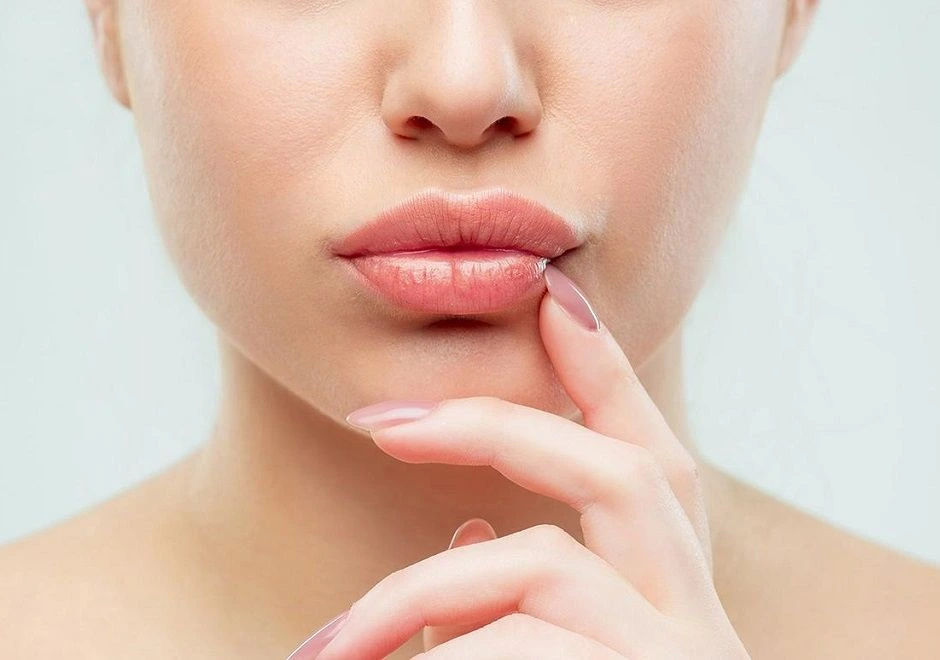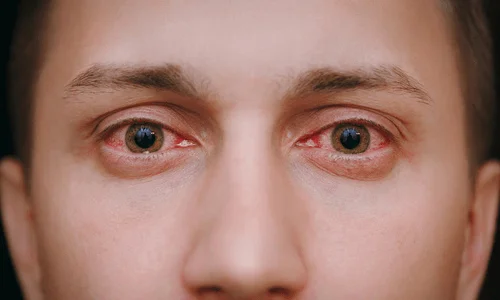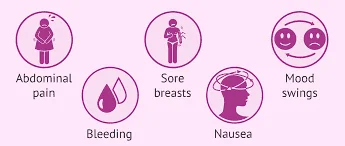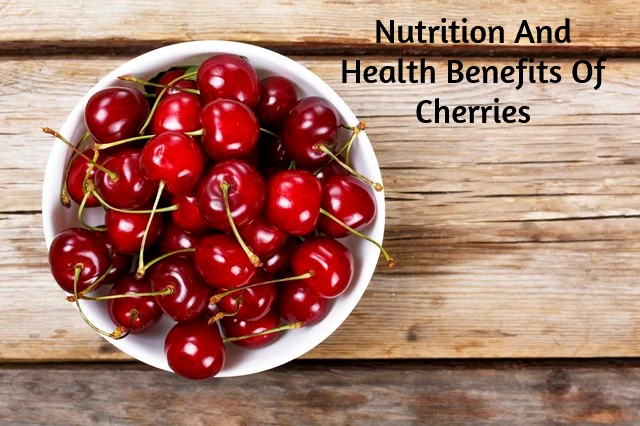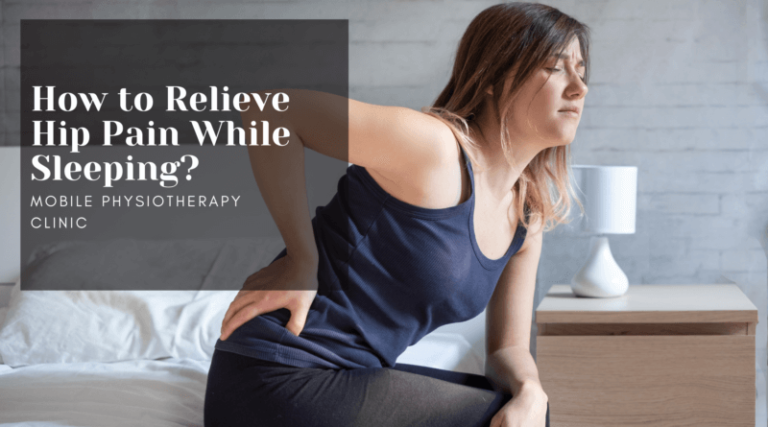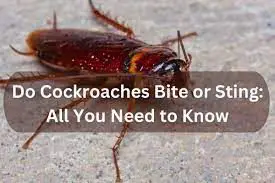Lip Filler Swelling Stages
Introduction
Lip fillers have become an increasingly popular cosmetic procedure for enhancing the appearance of the lips. Injectable dermal fillers, usually containing hyaluronic acid, are carefully administered into the lips to add volume and definition. Many people desire lip fillers to achieve a more plump, youthful look.
While the procedure is relatively quick and recovery is fairly fast, it is common to experience some side effects following lip filler injections. One of the most common is lip swelling. This swelling is a normal physiological response that is temporary. Being informed on the lip filler swelling stages of lip swelling and having realistic expectations of the process can help ease any concerns.
Stages of Lip Filler Swelling
Five main stages of swelling occur after receiving lip fillers. Each stage represents the body’s natural healing response. It usually takes 4-6 weeks for swelling to resolve fully.
Stage 1: Immediate Swelling (Day 1)
Immediately after the lip filler procedure, expect significant swelling and bruising of the lips and area around the mouth. This occurs due to trauma from the needles injecting the dermal filler material. It is the most severe swelling phase.
On Day 1, the lips appear severely swollen and red, almost double their original size. The outlines of the lips lose definition as swelling causes diffuse enlargement. It is common for the lips to appear purple, blue, or reddish as bruising develops. They may feel firm, tense, and uncomfortable. This immediate inflammatory response peaks at around 24 hours post-injection. It can be alarming to look at, but it is a normal reaction that will begin reducing after Day 1.
To manage, apply an ice pack wrapped in a towel to the lips for 15 minutes each hour. This constricts blood vessels to reduce fluid buildup. Pain medication can also help relieve discomfort. Sleep propped up on pillows to minimize amassing of swelling overnight.
Stage 2: Subacute Swelling (Days 2-4)
In the days following injections, swelling remains substantially enlarged as the body responds to trauma with inflammation and increased blood flow to the injured tissue. The lips appear puffy and swollen, with margins between the lips and facial skin obscured by edema. The vermilion border (the line between colored lip skin and surrounding facial skin) is indistinct.
As vascular permeability increases, plasma and white blood cells accumulate, putting pressure on nerve endings. Lips feel excessively taut and tender to the touch. Talking and eating may become more difficult. The swelling typically peaks again around Days 3-4 post-injections.
Applying cool compresses can help restrict swelling progression. Avoid flexing lip muscles for prolonged talking or smiling. Anti-inflammatories like ibuprofen can alleviate discomfort. Continue sleeping upright. Swelling remains noticeable but should not strengthen further.
Stage 3: Late Swelling (Days 5-7)
As the body works to heal damaged tissue, inflammation begins resolving while some swelling persists. Lips appear less puffy and tense as accumulating fluids dissipate. They regain a more natural shape, though some fullness remains, making them appear enhanced. Contusions fade to a yellowish hue before resolving. Tenderness and tightness improved by Day 7.
At this point, swelling is diffuse and spreads beyond the lips onto the perioral region. The vermilion border can be observed again but may remain slightly blurry from residual puffiness. Lips feel generally normal when pressed or stretched. Makeup can be applied but may crack.
Continue moisturizing lips and drinking lots of fluid. Swelling is no longer intensifying at this late stage; it should only decrease progressively.
Stage 4: Swelling Subsides (Day 14)
Two weeks post-injections represent a turning point where most visible swelling should significantly diminish. Lips regain clearly defined edges and a more natural contour with no distortion. Some mild fullness remains from the added filler, but puffiness has greatly deflated. Bruises are fully healed.
On Day 14, residual swelling is minimal. Lips should have normal sensation and mobility. Tenderness, tightness, and discomfort are resolved. Filler integration and collagen production for tissue repair air will continue over the next few weeks. By 2 weeks, there is only subtle swelling detectable on close inspection.
Stage 5: Healing Complete (Weeks 4-6)
In the final healing stage around a month post-injection, no swelling or bruising remains. Lips have a soft, natural feel and appearance, with enhanced volume from integrated filler. The provider assesses final lip symmetry and may perform touch-ups at 4-6 weeks if unevenness exists.
What Causes Lip Filler Swelling
Swelling is caused by the body’s natural inflammatory response to tissue injury. Inserting needles into the delicate lip area traumatizes blood vessels and connective tissue, triggering swelling.
- Tissue Trauma: Puncturing the lips with small filler needles damages blood vessels, causing leakage of fluid into surrounding tissue and inflammation. Even minimal trauma from an expert injector leads to some swelling.
- Inflammatory Response: The immune system reacts to trauma by sending plasma and white blood cells to the injured area through increased blood flow. This influx of fluid and cells causes tissue to swell and redden. Histamines released make nerve endings extra sensitive.
- Filler Material Reaction: If the body detects a foreign substance like hyaluronic acid filler, localized swelling mounts as more immune cells flock to the area of perceived threat. Effects worsen with more extensive filler placement.
- Individual Factors: Each patient’s physiology and healing process impact swelling severity. Age, genetics, ethnicity, and hormone levels contribute to individual immune response intensity after lip injections.
Managing Swelling After Lip Fillers
Swelling is an expected side effect after lip filler injections. Properly caring for your lips can help reduce swelling duration and severity for a smoother recovery. Here are management tips:
- Ice the Area
Icing constricts blood vessels, limiting fluid leakage into tissues that cause puffiness. Wrap ice packs in a thin towel and apply for 10-15 minutes each hour during the first 24 hours when swelling peaks. Doing this can significantly decrease swelling over the first couple of days when it is most pronounced.
- Rest Your Lips
Avoid excessive lip motion right after injections. Limit talking, smiling, drinking from narrow glasses, or other movements that stretch the lips. The less the lips contort, the less tension is placed on swollen tissue. Try not to engage your lips for at least the first 48 hours.
- Stay Hydrated
Drinking plenty of fluid helps flush out excess water retention and prevents dehydration which worsens swelling. Try to drink 64 ounces or more of water per day. Also eat foods with high water content like cucumbers, pineapple, and celery. Avoid excess salt and carbs which encourage water retention.
- Sleep Elevated
Sleep propped up at a 45-degree incline using 2-3 pillows to raise your head for the first 2-3 nights following injections when swelling is more severe. This utilizes gravity’s pull to drain fluid from the lip area so it does not pool overnight, causing exaggerated waking swelling.
- Avoid Heat Exposure
Heat expands blood vessels, sending a blood rush to the face and inflaming swelling. Refrain from hot showers, saunas, sterno heat, exercise intensity, direct sunlight exposure, or any source of heat for 3 days post-injections when swelling is active. Warm compresses should also be avoided.
- Apply Lip Balm & Cream
Hydrate lips continuously by applying a rich lip balm or veterinary cream like Vaseline to create a healing, moisturized environment and prevent the crackling of swollen skin. Reapply cream every couple of hours forming a barrier to seal in moisture. Exfoliating lip scrubs should not be used until fully healed.
- Consider Antihistamines
Antihistamines like Claritin, Allegra, or Zyrtec block inflammatory histamines that compound swelling. Antihistamine pills may be recommended 1 day before through 5 days post-injections for optimal anti-inflammatory effects if prone to swelling. Always get provider consent before starting new medications alongside cosmetic treatments.
- See Physician If Needed
Follow up with your cosmetic provider if swelling persists longer than 10-14 days, appears severely disproportionate between sides, or exhibits other abnormalities like color unevenness, pitting, hard nodules, or restricted lip mobility. Report symptoms of infection. With vigilance, long-term damage is avoidable.
Preventing Excess Swelling
While some swelling is inevitable with lip fillers, patients can take proactive measures to reduce the extent:
- Choose an Experienced Provider: Opt for an injector physician who specializes in cosmetic filler procedures. Their proficiency with injection technique minimizes tissue damage leading to less swelling.
- Avoid Blood Thinners: Discontinuing supplements that thin blood like vitamin E, fish oil, aspirin, and ibuprofen, a week pre-treatment allows wounds to clot faster. This prevents fluid leakage into surrounding regions.
- Hydrate Well & Eat Clean: Loading up on water and sticking to fresh, anti-inflammatory whole foods supports healing and reduces swelling stimulation.
- Plan Downtime After Cancel social plans right after injections. Resting with minimal lip movement, no heat, and icing regularly gives the body optimal repair conditions to limit inflammatory swelling.
When to See a Doctor
While swelling, bruising, tenderness, and redness are very common after lip filler injections, monitoring your symptoms and seeing your doctor if you have any concerns is important.
- Excessive Swelling
- Swelling that appears excessively large or uneven between lips
- Swelling that continues intensifying after 3-4 days rather than plateauing
- Swelling lasting longer than 10-14 days without improvement
- Severe Pain
- Throbbing pain not alleviated by medication within 48 hours
- Pain preventing normal functions like eating or speaking
- Trouble Breathing or Swallowing
- Shortness of breath or feelings of airway restriction
- Difficulty swallowing saliva or difficulty drinking
- Visible Lumps, Bumps or Ulcerations
- Noticeable firm nodules or hardened areas within the lip tissue
- Small white bumps appear on the lips or mouth area
- Open sores or ulcerations on the lips
- Asymmetric Appearance or Discoloration
- Lips appearing extremely uneven in shape or size after 2 weeks
- White color absence on a part of the lip absent (blanching)
- Dusky bluish-black discoloration of the lip skin (necrosis)
- Signs of Infection
- Fevers, chills, increased redness, severe swelling after 5 days
- Pus oozing from injection sites
- Red streaking from lips
If any of the above symptoms present, promptly contact your cosmetic provider’s office. Swelling and bruising variations normally resolve without intervention but more severe issues may require an evaluator, antibiotics, or reversal agents.
Seeking timely care prevents complications and permanent damage, especially with vascular impairment issues. Do not hesitate to call your physician for direction, even after normal business hours. Significant reactions can set in quickly.
Summary
Lip fillers are popular injectable treatments that use dermal fillers to increase lip volume and definition. Swelling is a common temporary side effect as the lips heal from injections. There are 5 stages of swelling – immediate, subacute, late, resolving, and healed. Swelling peaks at 24 hours, lasts 2 weeks, and takes 4-6 weeks to fully resolve.
Causes include tissue trauma from the needles, inflammatory response to injury, reaction to the filler material itself, and individual factors like age and genetics. While some swelling is expected with any lip injections, patients can take measures to reduce swelling through provider choice, avoiding blood thinners, hydrating well, and planning proper downtime.
Managing lip swelling involves icing, resting the lips, sleeping propped up, taking anti-inflammatories, and moisturizing. Most swelling is part of the normal healing process and not concerning. However, if swelling is severe, persists longer than 2 weeks, or is accompanied by symptoms like trouble breathing, contact a provider promptly.
When performed by an experienced cosmetic provider, lip fillers are considered safe with impressive aesthetic results. Preparing for the expected swelling and allowing healing time can lead to successful outcomes and improved self-confidence. Monitoring for irregular swelling prevents complications.
FAQs
How long does lip swelling last after fillers?
Typical lip filler swelling lasts 10-14 days, completing the healing process within 4-6 weeks.
Can I prevent swelling after lip injections?
Swelling cannot be fully prevented but following aftercare guidelines and using cold compresses can reduce swelling.
Is lip swelling after 2 weeks normal?
Most swelling should resolve within 14 days. Swelling persisting longer than 2 weeks warrants contacting your provider.
How can I make lip filler swelling go down?
Elevate your head when sleeping or resting to limit blood flow to the lips; apply a cold compress to the lips for about 10 minutes four times a day for the first day after the treatment alone; and drink lots of water to help your body heal naturally and prevent further inflammation.
How long should I ice my lips after filler?
After lip fillers, you can use an ice pack to minimize swelling for up to 10 minutes, two or three times a day. However, you should avoid applying ice directly to your lips as this could cause damage; instead, wrap the ice in a clean cloth before applying it to your lips.
How fast do lip fillers heal?
The initial swelling that patients notice within the first 24 hours does not indicate the eventual outcomes; all swelling entirely resolves after about 5 days, but it can take up to 2 weeks. Lip dermal filler injection-related swelling begins strongly and then gradually diminishes over several days to weeks.
References
- Collective, D. (2023, July 13). Swelling After Lip Fillers: Stages, Tips, and What to Expect. Derm Collective. https://dermcollective.com/swelling-after-lip-fillers/
- Laderer, A., Jaliman, D., Laderer, A., & Jaliman, D. (2022, December 16). The stages of swelling after lip filler: From bumpy to pouty. Business Insider. https://www.businessinsider.com/guides/health/conditions-symptoms/lip-filler-swelling-stages?IR=T
- R. (2023, February 23). Lip Filler Swelling Stages: What To Expect After Filler | Contour Clinics. Contour Cosmetic Clinics. https://contourclinics.com.au/lip-filler-swelling-stages/

